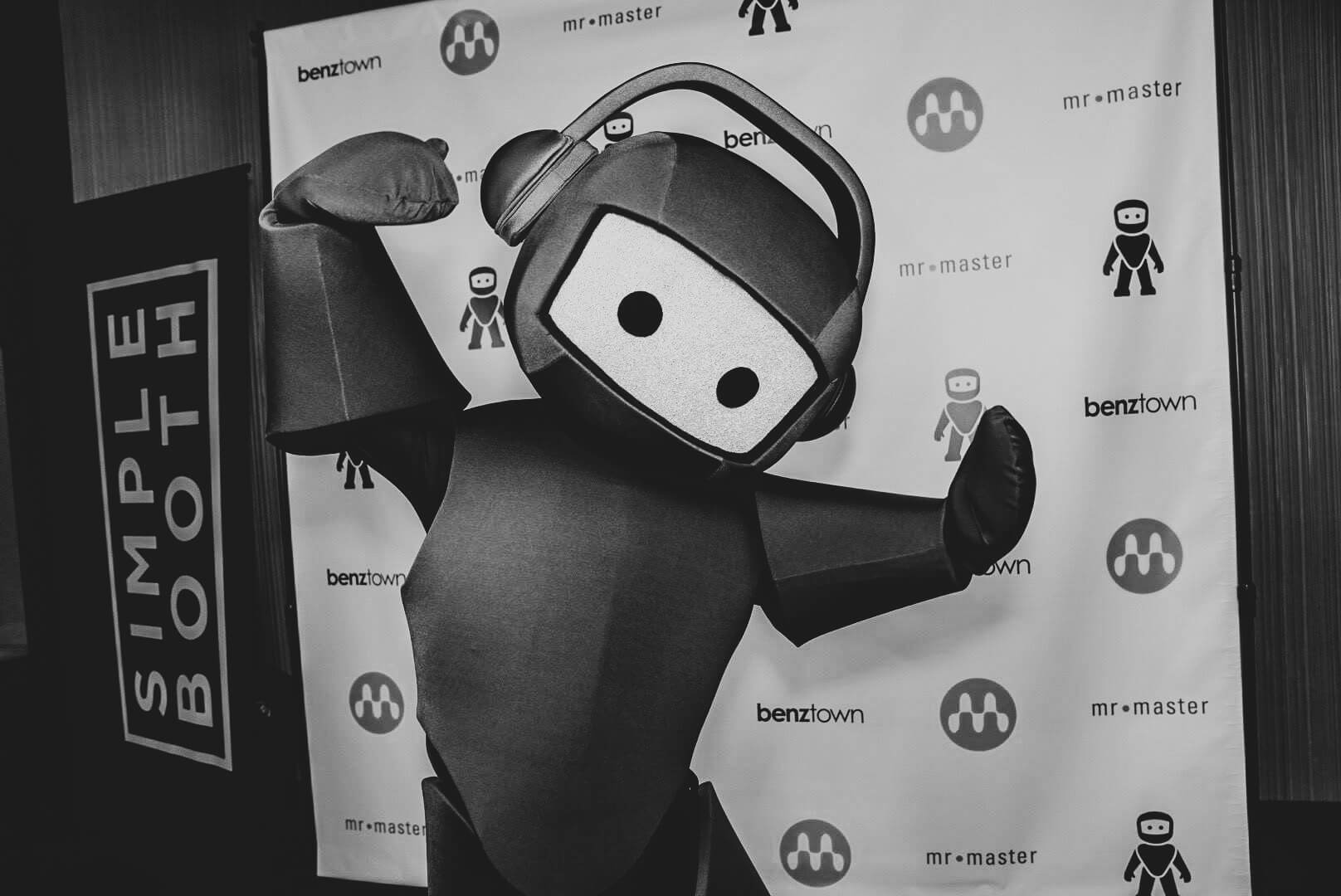Control the space: Fabfilter Pro-R

You know fabfilter. And they are doing cool stuff like their EQ and compressor. The newest addition to their catalogue is a reverb. The first look was nice, but I wanted to know how it sounds.
When opening Pro-R, you immediately notice that it’s definitely a fabfilter plugin. With its iconic knobs and curves the reverbs interface is at least as clear as Pro-Q and Pro-C are. Let’s have a look at the functions!

In the upper section you can find a big knob right in the middle: This knob changes the algorithms the actual reverb is based on which means that it’s in charge reverb tail length. Attached to this, you can find a knob called “decay rate” to increase or decrease the tail length without changing the algorithm mode.
The parameters are not defined by their technical purpose, but more by their effect on the reverb, which is is pretty sympathetic, as the approach is to affect the end result and not the actual reverb. So for example the distance knob is a combination between early reflection delay, early reflection level and pre delay. This does not cause any confusion when you are not that familiar with the technical background of reverbs, but just want to shape the sound.
The “character” knob seems to be pretty interesting. It combines different reverb settings and is does not appear on classical reverb concepts. Changing from clean to lively, the tail’s density is in- or decreased. Above 50% a chorus is being added. Brightness, stereo width and mix are self-explained by their names.
Another great feature of Pro-R is the visualization and the way to affect the frequencies in terms of decay time and overall frequency shape.

For this application you can find a blue and a yellow line. The blue one represents the decay length of different frequencies, and the yellow one shapes the actual reverb bandwidth. A fabfilter style analyzer gives you great visualization of all signals.
I used Oscars VO to test various presets. Have a listen:
Also tried it on instruments:
Also check out our former reverb test as a reference.
Also check out the presets “Resonator” in the very large section and “Artificial Cinematic Space” and “Digital Synth Hall” in the large section. These are great for design applications. But also try to create fade outs and transitions with single sections of your VO like the end of a line.
Verdict
I am pretty pleased how Pro-R sounds overall: not too harsh, even if you turn up the brightness knob. The tail evolves in a natural way and the overall tone is rich and full. But note: reverberation is a matter of personal emotion and I know people who do like a cleaner sound. Also note, that it really depends on the material you are using.
But aren’t there enough reverbs on the market right now?
Maybe, but fabfilters approach is a real enrichment all the reverbs out there. They added very useful knobs to tweak the reverb itself which represent a forward thinking and result driven way of working. The fabfilter eq style makes it easy to affect the overall tone and frequency balance, which is really intuitive. That’s the perfect condition to create the sound you are looking for.
With that said go and test it yourself!
;)